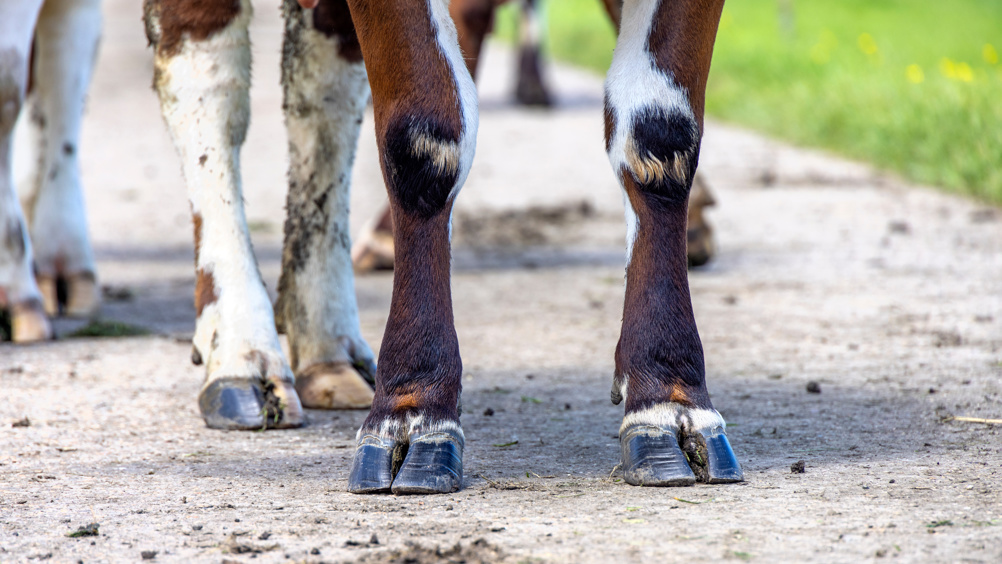Cattle Review

Abstract
Introduction:
In this Cattle Review we consider open access papers on lameness prevention and colostrum management all recently published in the Journal of Dairy Science.
Claw horn lesions (CHL) are reported as the most common cause of lameness in intensive dairy systems. Despite their prevalence, the underlying pathological mechanisms and preventive strategies for CHL remain poorly understood. Recent advances have pointed to the role of inflammation in disease aetiopathogenesis. Moderating inflammation from first calving may lead to long-term benefits and a viable intervention for treating and preventing disease. Wilson et al (2022) (Journal of Dairy Science10.3168/jds.2021-21329) conducted a 34-month randomised controlled trial to investigate the effects of routine treatment with ketoprofen at calving and during treatment for lameness, on the future probability of lameness and culling, caused by exposure to normal farm conditions. A cohort of dairy heifers were recruited from a single, commercial herd between January 2018, and June 2020, and randomly allocated to one of four treatment groups before first calving. The lactating herd was lameness scored every 2 weeks on a 0 to 3 scale using the adapted Agriculture and Horticulture Development Board (AHDB) lameness scoring system (see full paper for details), to identify animals that became lame (single score ≥2a) and hence required treatment. Animals in group 1 received a therapeutic trim and a hoof block on the sound claw (if deemed necessary) every time they were treated for lameness. Animals in group 2 received the same treatment as group 1 with the addition of a 3-day course of ketoprofen (single dose daily) every time they were treated for lameness. Animals in group 3 received the same treatment as group 2 with the addition of a 3-day course of ketoprofen (single dose daily) starting 24 to 36 hour after each calving. Animals in group 4 received a 3-day course of ketoprofen (single dose daily) every time they were identified with lameness. No therapeutic trim was administered to this group, unless they were identified as severely lame. Animals were followed for the duration of the study. Probability of lameness was assessed by a lameness outcome score collected every 14 days. Data on culling were extracted from farm records. One hundred thirty-two animals were recruited to each group, with data from 438 animals included in the final analysis. Compared with the control group (group 1), animals in group 3 were less likely to become lame (odds ratio: 0.66) and severely lame (odds ratio: 0.28). Furthermore, compared with group 1, animals in groups 2 and 3 were at reduced risk of culling (hazard ratios: 0.55 and 0.56, respectively). The lameness effect size identified was large. If repeatable, this study is very significant in the context of lameness prevention.
Register now to continue reading
Thank you for visiting UK-VET Companion Animal and reading some of our peer-reviewed content for veterinary professionals. To continue reading this article, please register today.

